Have you ever heard of the yokai called Azukiarai? It is a yokai that has even appeared in “GeGeGe no Kitaro,” but interestingly, there is no one who has actually seen its form. So, what kind of yokai is Azukiarai? And why does it wash azuki beans? In this article, we will introduce you to the surprisingly little-known Azukiarai.
What Kind of Yokai is Azukiarai?
Azukiarai is a yokai that washes azuki beans by the river, making a “shoki shoki” sound. Its characteristic behavior is the sound of washing azuki beans by the river, but actual sightings of this yokai are very rare, and its existence is mostly perceived through the sound. According to one legend, it sings “Shall I wash azuki beans, or shall I take a person and eat them?” while washing azuki beans by the river. It is said that those who become entranced by this sound are unknowingly drawn to the riverside and eventually fall into the river.
The legend of Azukiarai is widespread throughout Japan, and the names and stories associated with it vary by region. For example, in Hiroshima and Yamaguchi Prefectures, it is called “Azukitogi,” in Iwate Prefecture, it is known as “Azukiage,” and in Nagano Prefecture, it is referred to as “Azukigosha-gosha.” These diverse names reflect the local dialects and cultures, showing that the story of Azukiarai is deeply rooted in various regions of Japan.
Azukiarai appears in the popular manga “GeGeGe no Kitaro” by Shigeru Mizuki. In Mizuki’s hometown of Sakaiminato City in Tottori Prefecture, there is a bronze statue of this yokai on Mizuki Shigeru Road, making it a particularly popular character among yokai enthusiasts.
The True Nature of Azukiarai
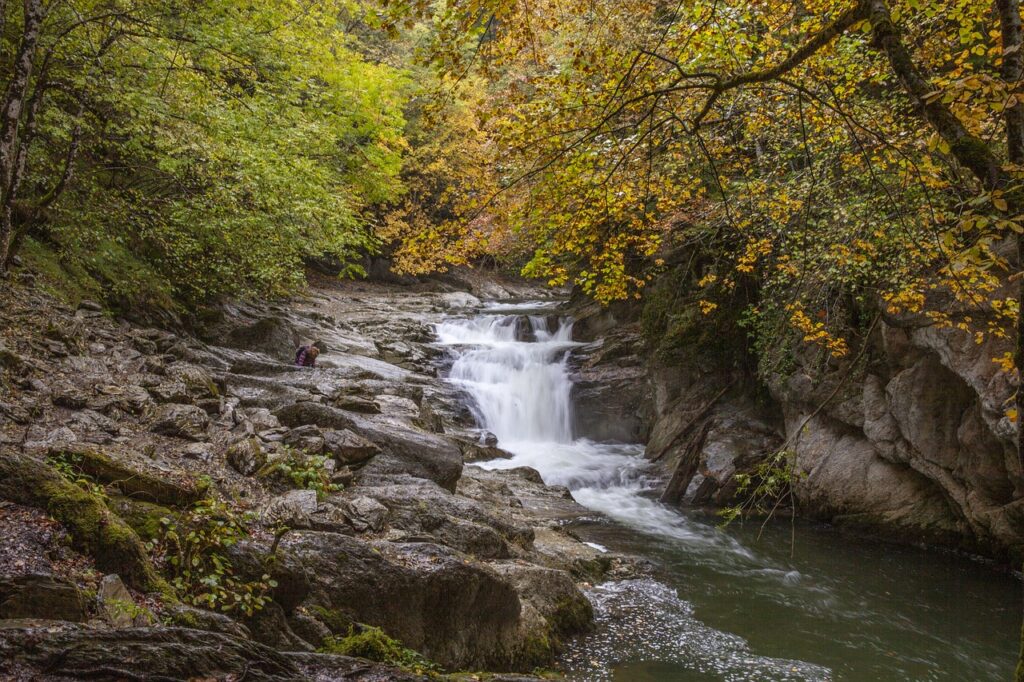
The true nature of the “Azukiarai” sound varies according to different regional theories. Some of these theories include the sound made by the tail of a weasel, the cry of a weasel, the movements of foxes, raccoons, or otters, the rustling of bamboo leaves, and creatures like the badger. However, what these theories have in common is that the sound is often heard near rivers. Rivers are suitable places for washing azuki beans, so these sounds might have stirred the imagination, leading people to think of “washing azuki beans” and ultimately giving rise to the legend of the yokai Azukiarai.
Azukiarai Folklore Across Japan
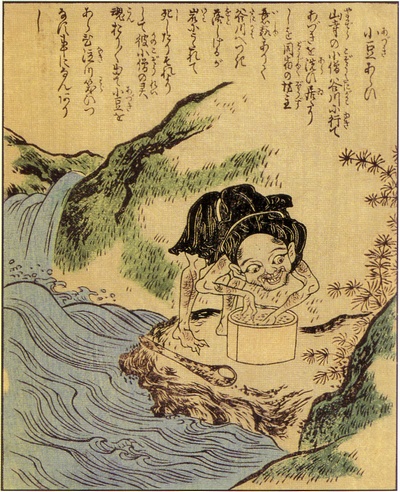
Azukiarai has different legends across various regions of Japan. Since the behavior and stories differ by region, here are a few examples.
In Matsumoto City, Nagano Prefecture, it is said that Azukiarai makes sounds like chopping down trees or a baby crying. In contrast, in Oizumi Town in Ora District, Gunma Prefecture, and in Shimane Prefecture, it is feared as a yokai that abducts people. In the Shirakawa Domain of Fukushima Prefecture, the sound of azuki beans being ground, heard by those staying overnight at charcoal kilns in the mountains, is called “Azuki Togi” and is passed down as a creepy experience. In these regions, the existence of Azukiarai is perceived as an ominous phenomenon that threatens people.
However, not all legends are frightening. In Ibaraki Prefecture and Sado Island, Azukiarai is depicted as a short monk with big eyes who washes azuki beans while laughing. It is considered a good omen to witness this yokai. Particularly, it is said that if a woman sees this yokai, her daughter will quickly find a good match, making Azukiarai a bringer of good luck.
The folklore in Oita Prefecture involves an Azukiarai who washes azuki beans by the river while singing, “Shall I wash azuki beans, or shall I take a person and eat them?” It is said that those attracted by this sound end up falling into the river. As no one has seen its form, its existence is known only by its sound.
Additionally, in the Katsuta area of Hitachinaka City, there is a legend of “Azuki Baasan,” who is considered to be the wife of Azukiarai. She is often recognized as an old woman washing azuki beans.
Stories Featuring Azukiarai
Azukiarai is a yokai that has appeared in Japanese literature since ancient times. While the background and stories vary by region, some tales detail its origins. One representative story is “Azukiarai,” included in the Edo period anthology “Ehon Hyaku Monogatari,” which conveys the origins of Azukiarai.
This story’s protagonist is a young monk named Nikken, who lives in a Hokkeshu temple in Takada, Echigo Province. Despite having a physical disability, Nikken has a unique talent for accurately counting azuki beans and is cherished by the temple’s abbot. However, an envious wicked monk named Enkai throws Nikken into a well, causing his death. Subsequently, Nikken’s spirit begins throwing azuki beans at sliding doors at night and is heard counting beans while washing them by the river at dusk. This story portrays Azukiarai as a spirit that remains in the earthly realm, repeating specific actions after death.
In the folklore of Hinohara Village, Tokyo, a woman scolded by her mother-in-law for having pebbles mixed with azuki beans threw herself into the river. Afterward, the sound of washing azuki beans could be heard from the river. In Matsuyama, Ehime Prefecture, there is a story from the early Meiji period about a woman who died after washing azuki beans and rice at a river washplace, leading to the abandonment of that washing spot.
In the folklore of the Nukada area in Naka District, Ibaraki Prefecture, Azukiarai is depicted as a woman, with its origins tracing back over 400 years. The story tells of a princess who prepared azuki rice to celebrate her father’s departure before the fall of Nukada Castle by the combined forces of the Satake clan from Ota and the Edo clan.
Why Does Azukiarai Wash Azuki Beans?

So why does Azukiarai wash azuki beans? Since folklore does not specify why, I would like to share my thoughts below.
I believe the reason Azukiarai washes azuki beans is deeply rooted in the process from harvesting to eating azuki beans. The harvesting season for azuki beans coincides with the time when water starts to get cold. Washing azuki beans in the valley streams or wells during this period is very demanding labor due to the cold water and the stooped posture required. Additionally, to make azuki beans delicious, the process involves more than just washing; it includes laborious steps to turn them into sweet red bean paste (tsubuan or koshian). Only after such rigorous work can azuki beans be stored properly.
Considering this arduous process, it can be inferred that the yokai Azukiarai washing azuki beans symbolizes the laborious nature of this task. The act of Azukiarai making the sound of washing beans by the river may represent the daily struggles and the weight of labor endured by people engaged in agriculture since ancient times. Moreover, the act of washing azuki beans reflects Japan’s food culture of treating food with care and the lifestyle of coexisting with nature.
Furthermore, the eerie and frightening image of Azukiarai may symbolize the importance of overcoming hardships and challenges encountered in daily life through such tough work. There are also stories suggesting that Azukiarai’s legend originated from accidents or untimely deaths during these tasks, hinting at themes of life, death, and our relationship with nature.
Summary
What did you think? In this article, we introduced the yokai Azukiarai, its folklore, the stories it appears in, and why it washes azuki beans. Azukiarai is a very unique yokai, and the more you learn about it, the more fascinating it becomes.
On this site, we introduce various other interesting aspects of Japanese history and culture besides Azukiarai. If you’re interested, we would be delighted if you could check out our other articles as well!



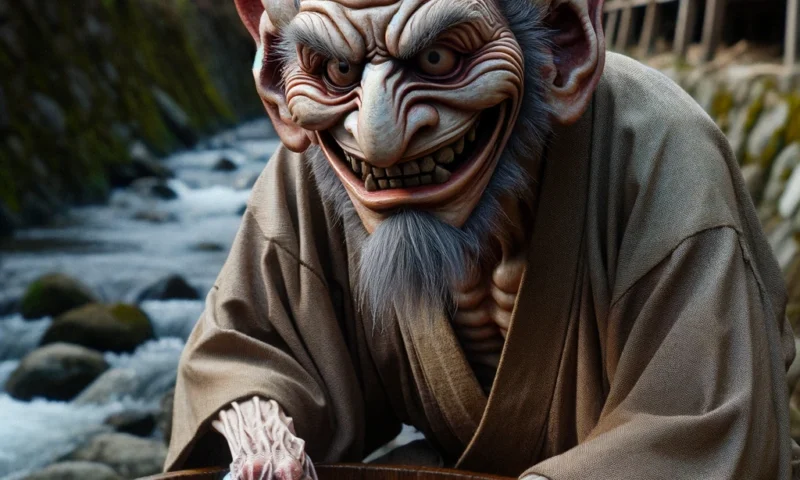
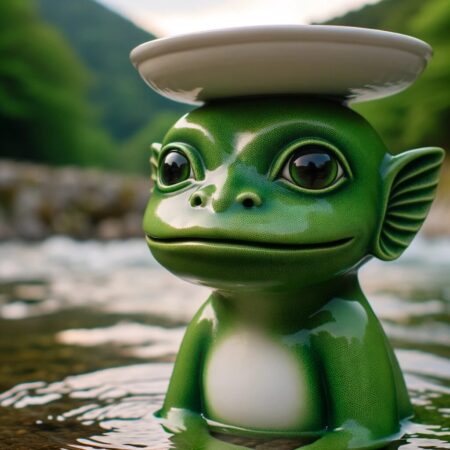

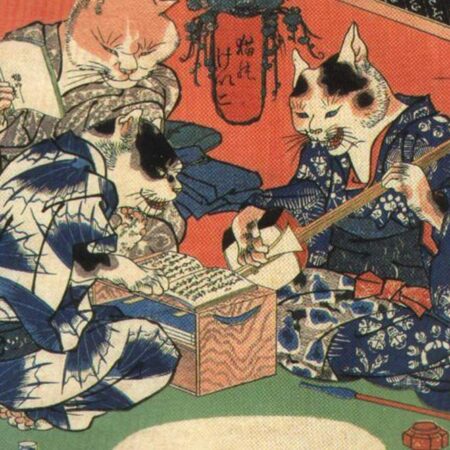
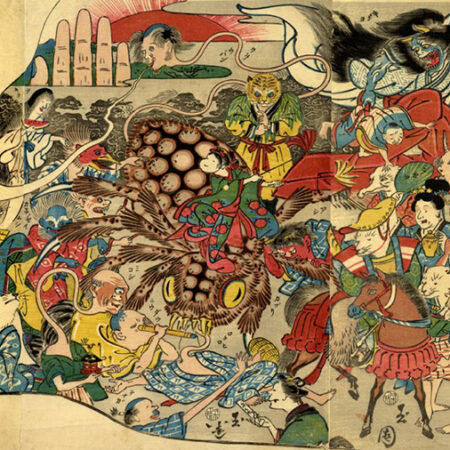
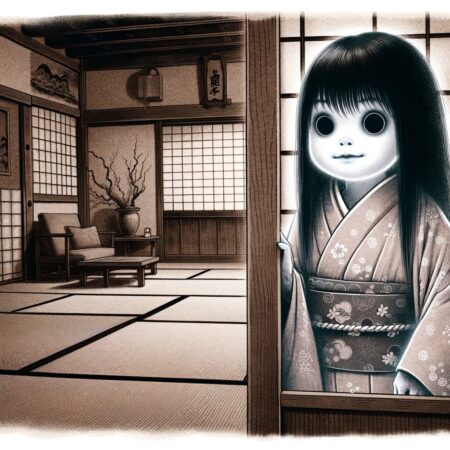
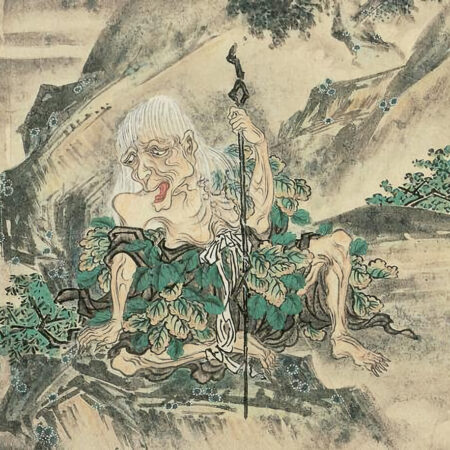
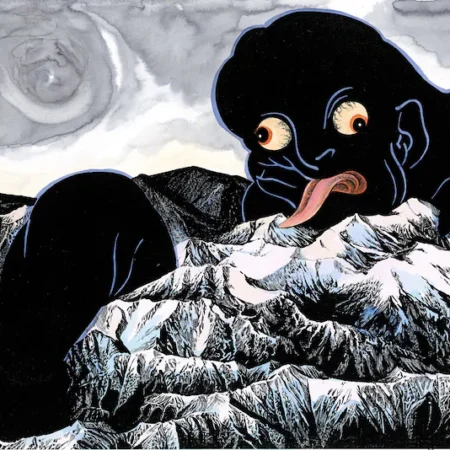
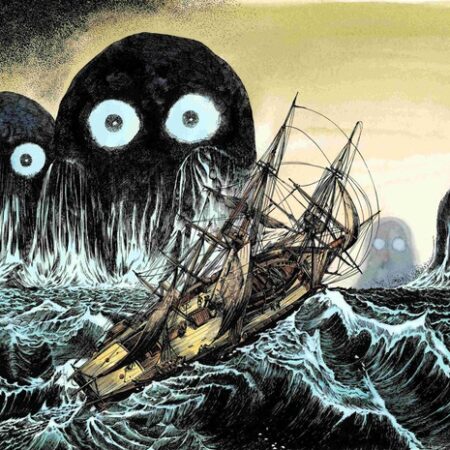

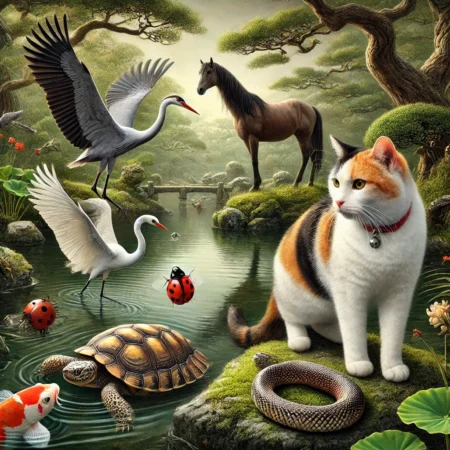
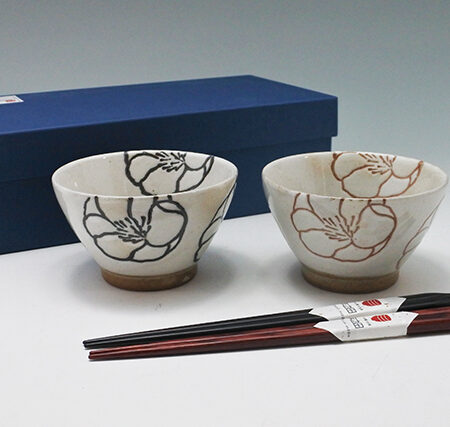
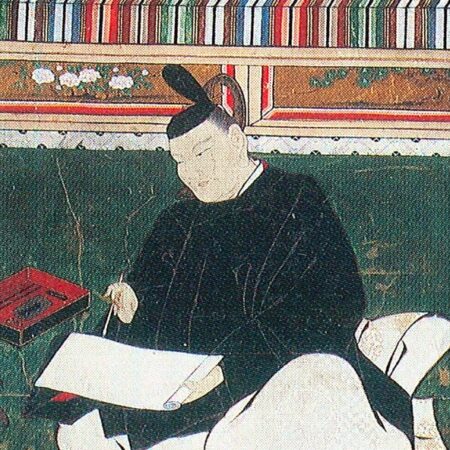
コメント